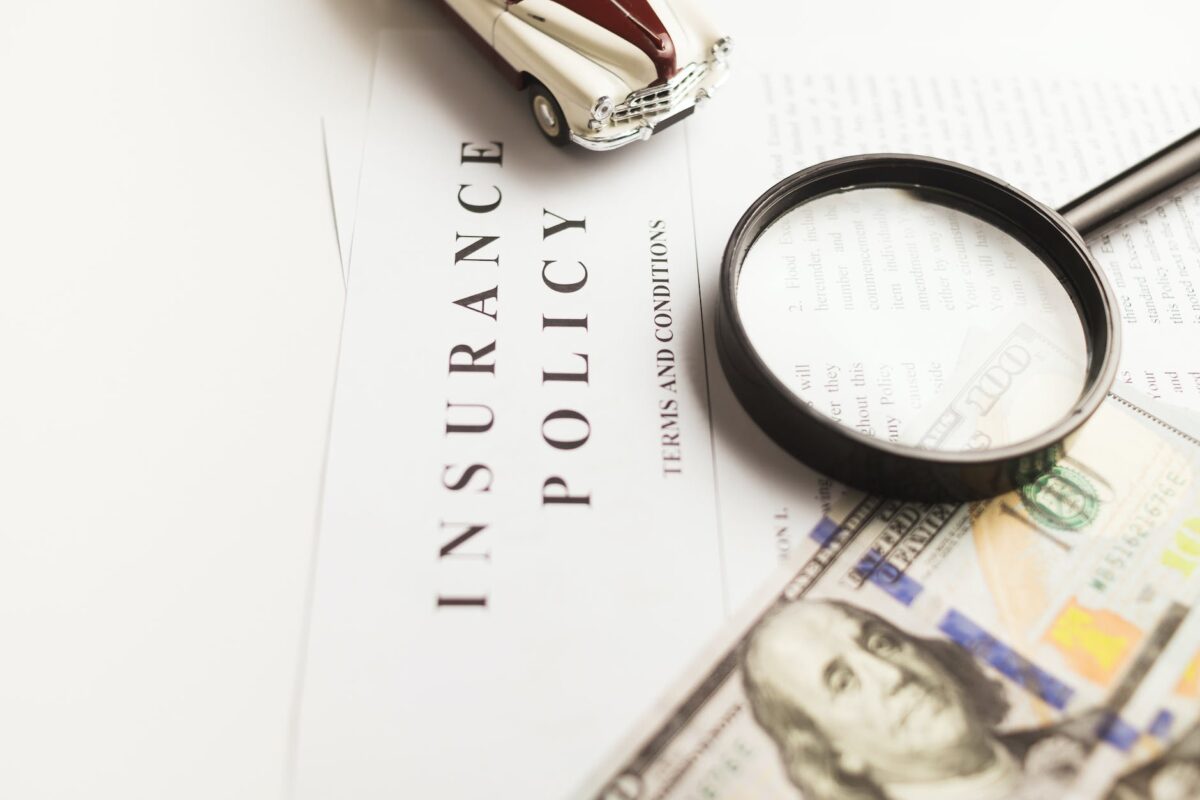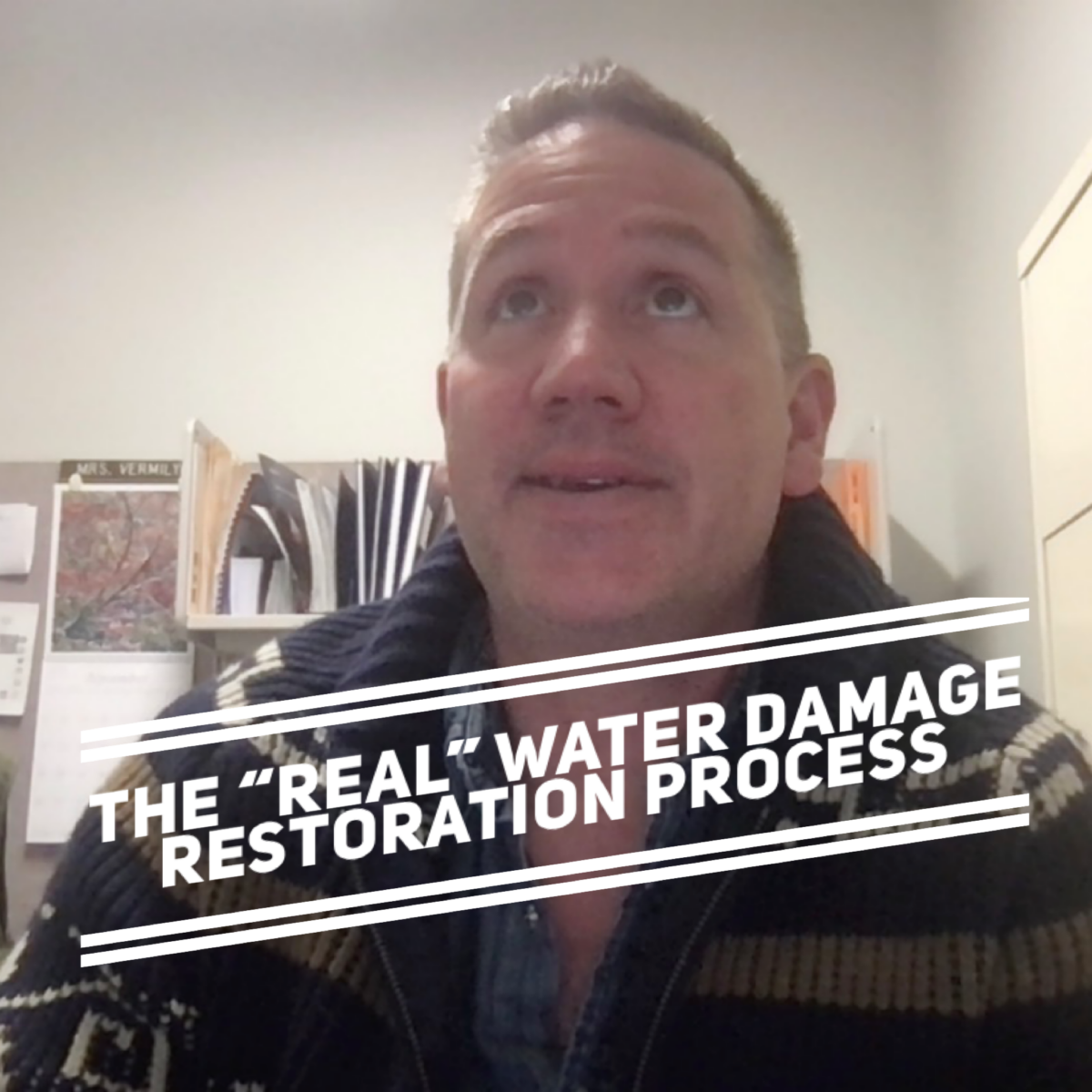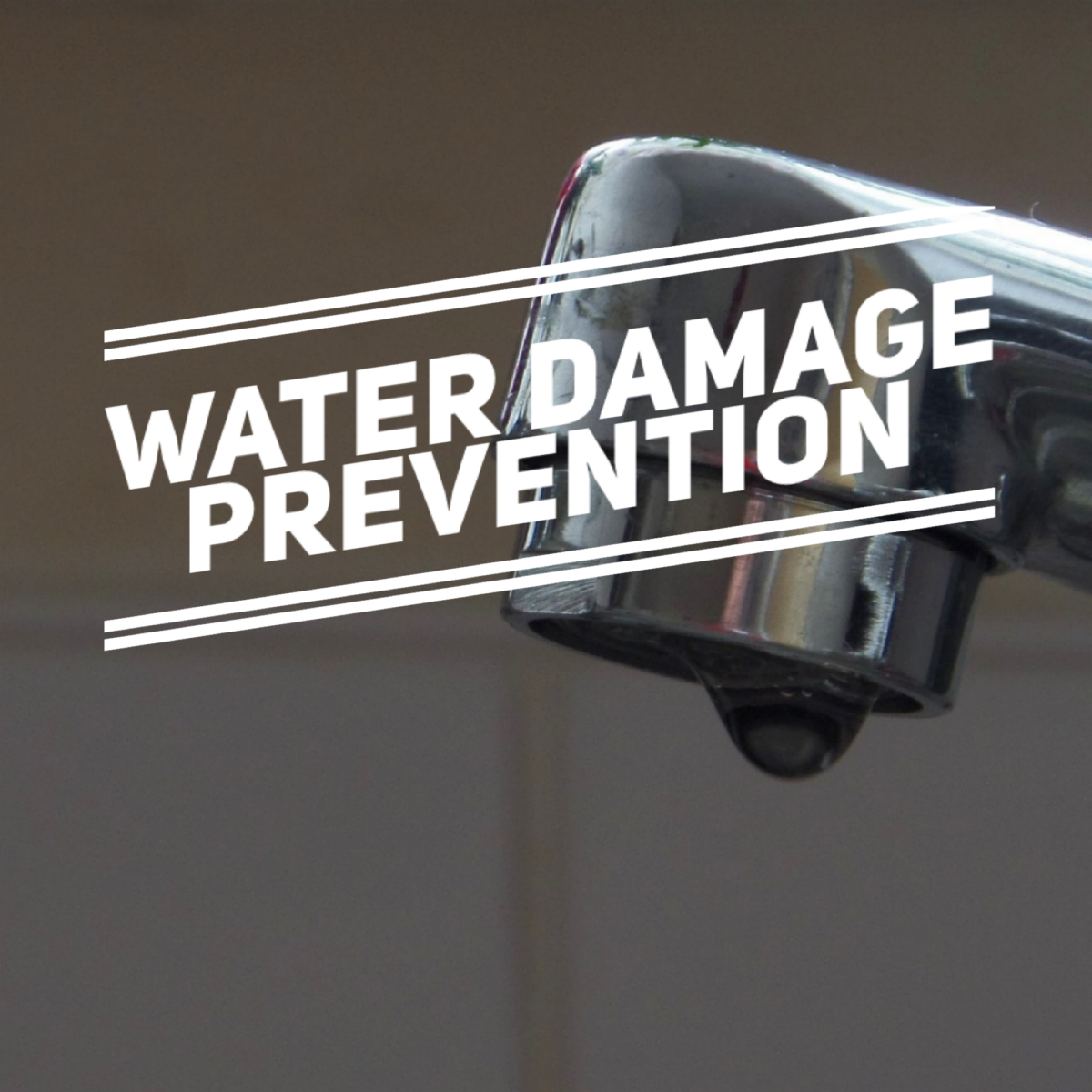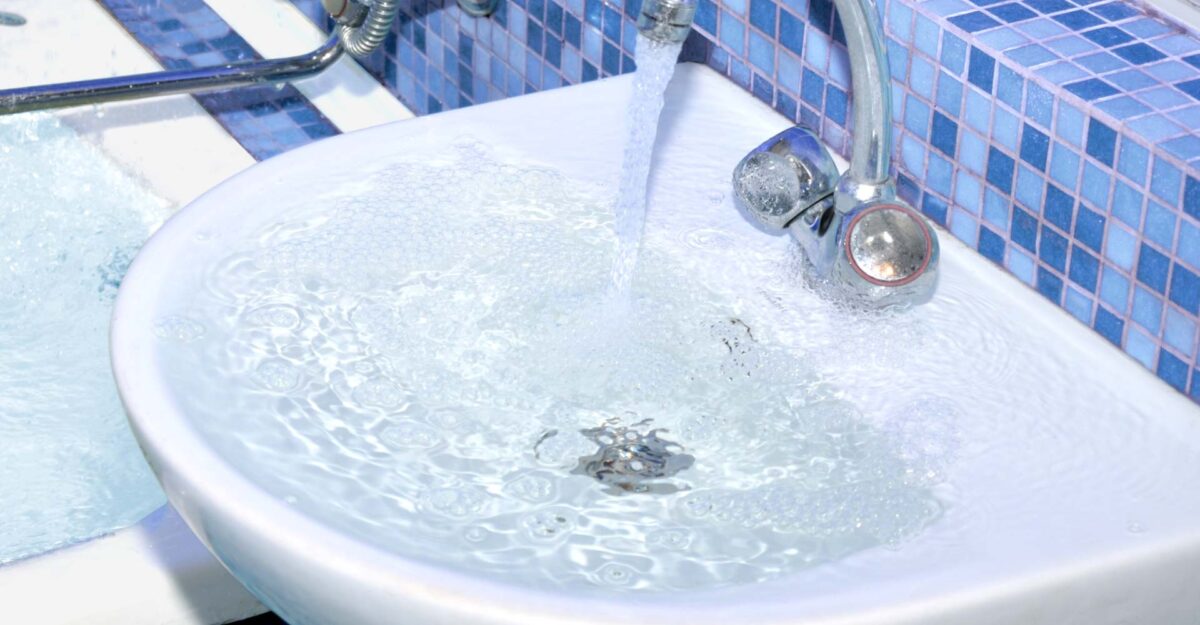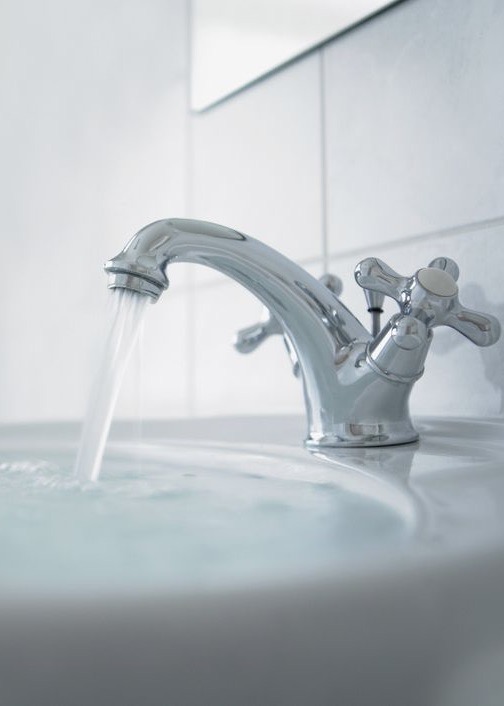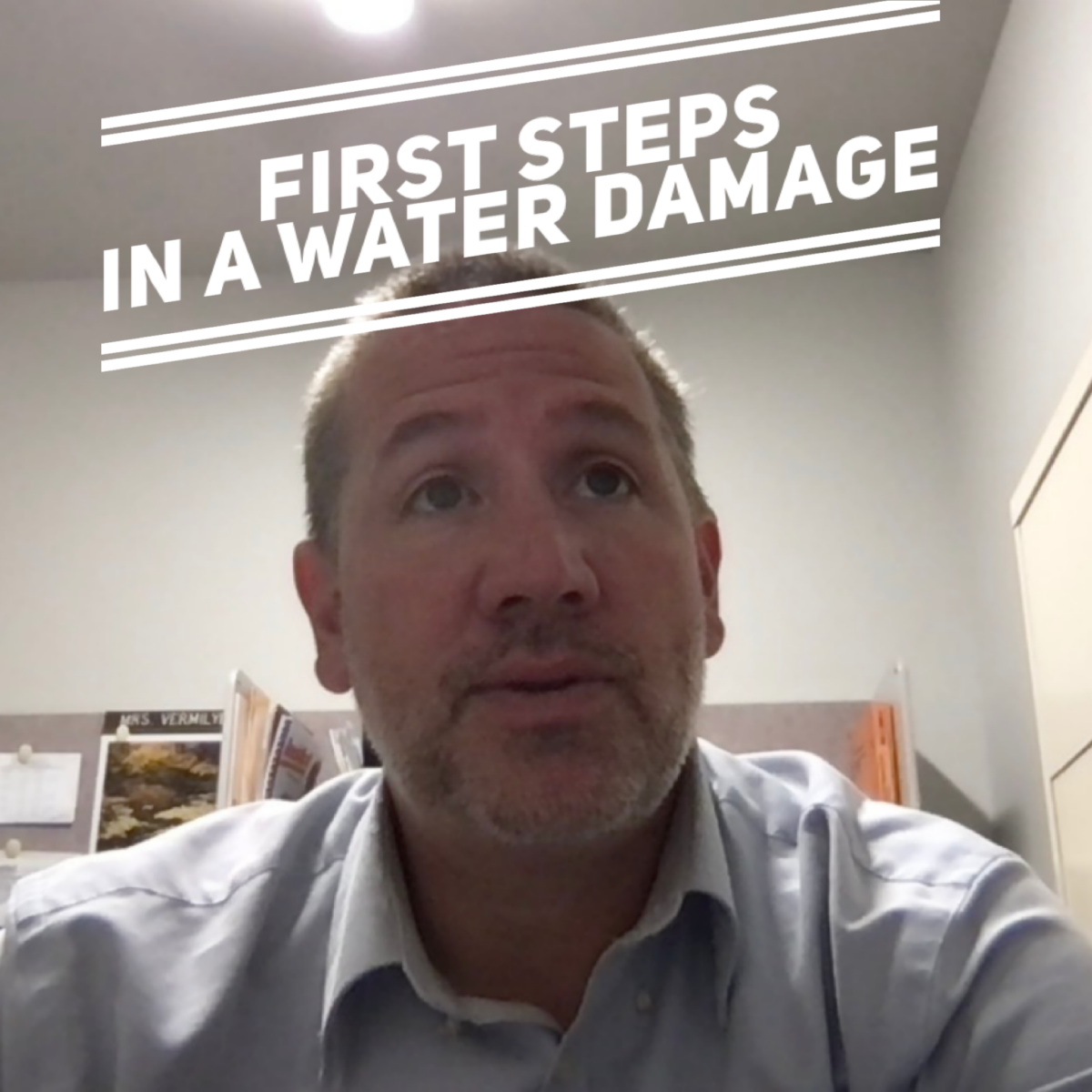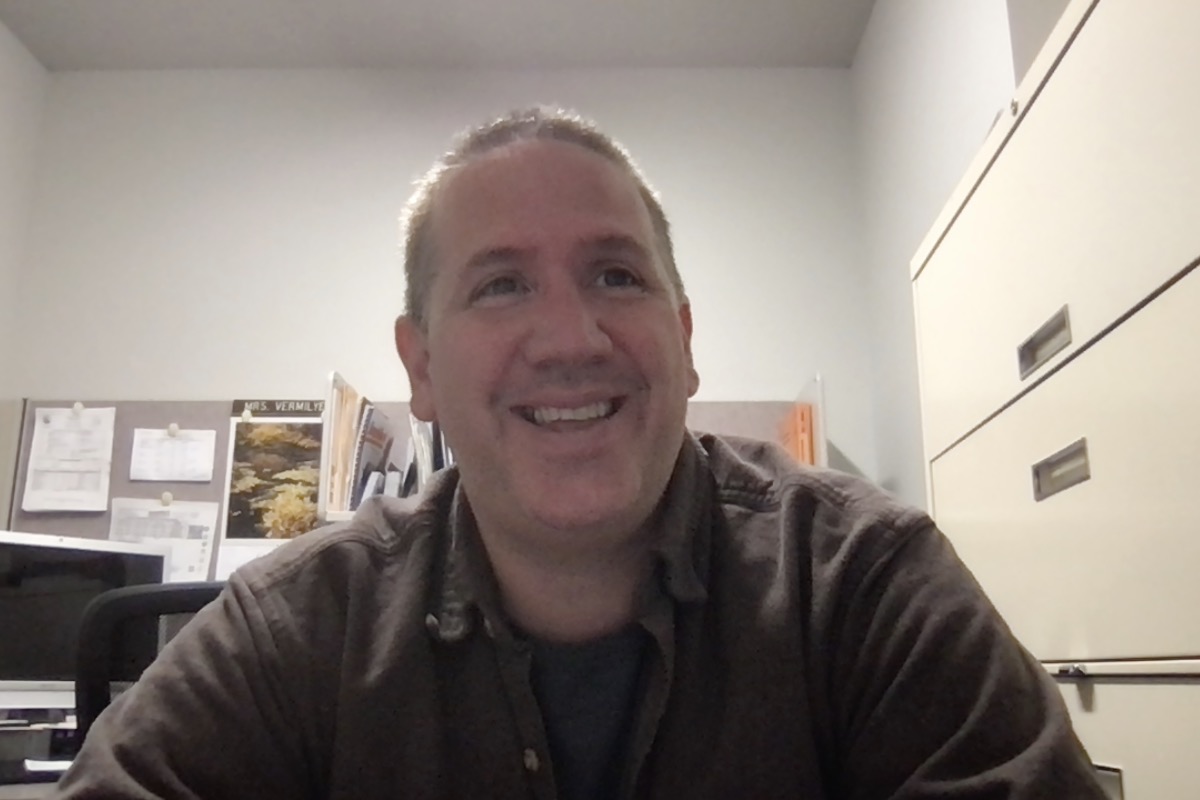Water Damage and Restoration Post-Restoration
This is part 10 of a 15 part series on water damage and restoration Post-Restoration Maintenance titled, Water Unleashed: A Comprehensive Guide to Understanding, Preventing, and Restoring Water Damage.
Dominate Post-Restoration: Water Damage Maintenance Tactics You Can’t Ignore
What’s up, everyone? It’s your man, Adam Vermilyea, and today we’re tackling a topic that’s all about success: post-restoration maintenance after water damage and restoration process. You’ve faced adversity, and now it’s time to thrive. We’re diving deep into maintaining a water-damage-free environment, preventing future issues, and some killer seasonal maintenance tips. Let’s get you on that path to unstoppable post-restoration victory!
Maintaining a Water-Damage-Free Environment
You’ve come a long way, and the last thing you want is to backtrack. So, here’s how to maintain that water-damage-free environment:
- Stay On High Alert: Keep those senses sharp! Watch out for the slightest signs of water damage like leaks, dampness, or even just a funky odor. Early detection is the name of the game.
- Regular Checkups: Make routine inspections a habit. Key areas like the roof, basement, and plumbing systems should be under your watchful eye. If you spot something, don’t delay – deal with it!
- Proactive Repairs: When you discover a minor issue, don’t wait for it to become a major headache. Fix it pronto! That small leak can turn into a monster of a problem if left unchecked.
- Maintenance Calendar: Set up a maintenance schedule for your appliances, gutters, and HVAC system. Regular upkeep can prevent unexpected breakdowns and leaks that can lead to water damage.
Technicians Responding Now!
Contact us today and get help you need and deserve.
We’re responding to all restoration emergencies now. Including Water Damage, Fire Damage, Smoke Damage, and more. Call Now.
Preventing Future Issues
To stay on the path of water-damage-free living, you’ve got to prevent future issues. Here’s how:
- Upgrade and Fortify: If your place is in a flood-prone area, think about retrofitting it to make it more flood-resistant. This could involve elevating your property or installing flood barriers. Don’t wait for disaster to strike; be prepared!
- Stormproof Your Fortress: Reinforce your home against the wrath of Mother Nature. Strengthen those windows, doors, and roofs. By doing this, you reduce the risk of water intrusion during heavy storms.
- Landscaping Magic: Tweak your landscaping to avoid water pooling around your foundation. Proper grading and an effective drainage system can make a world of difference.
- HVAC TLC: Make sure your heating, ventilation, and air conditioning systems are well-maintained. Any malfunction could lead to water damage, so don’t slack on this!
Seasonal Maintenance Tips
Let’s wrap this up with some tips for maintaining your fortress through the seasons:
- Spring: Give your roof some love. Clear out those gutters and check for any winter-induced damage. Replace damaged shingles and flashing. It’s time for a little spring cleaning!
- Summer: Keep an eye on your basement. Make sure your sump pump is in good working order, and check for any water damage signs.
- Fall: As the leaves start to fall, keep your gutters clean to prevent clogs and maintain proper water drainage. Don’t overlook this, or you might pay the price later.
- Winter: Guard your pipes against the cold with insulation. And, make sure to inspect the interior of your home for any cold spots that could indicate inadequate insulation. Stay cozy!
In conclusion, post-restoration maintenance isn’t just about preserving the status quo; it’s about thriving. It’s your way of saying, “Water damage, I conquered you, and now I’m the king of this castle!” By staying vigilant, proactive, and adapting to the seasons, you’re setting yourself up for a water-damage-free future. Remember, it’s not just about bouncing back; it’s about dominating the game, even in the world of water damage and restoration. So stay tuned for more insights from yours truly, Adam Vermilyea, because we’re all about turning adversity into opportunity!
About the author

Hi there, I’m Adam.
I’m owner of Benchmark Restoration & Cleaning and working in Vancouver Washington. When I’m not restoring homes, I’m out exploring the National Parks with family.
Benchmark Restoration & Cleaning
11419 NE 126th St, Suite #116 Vancouver Washington 98662
Phone: 360-696-4140
Email: [email protected]


